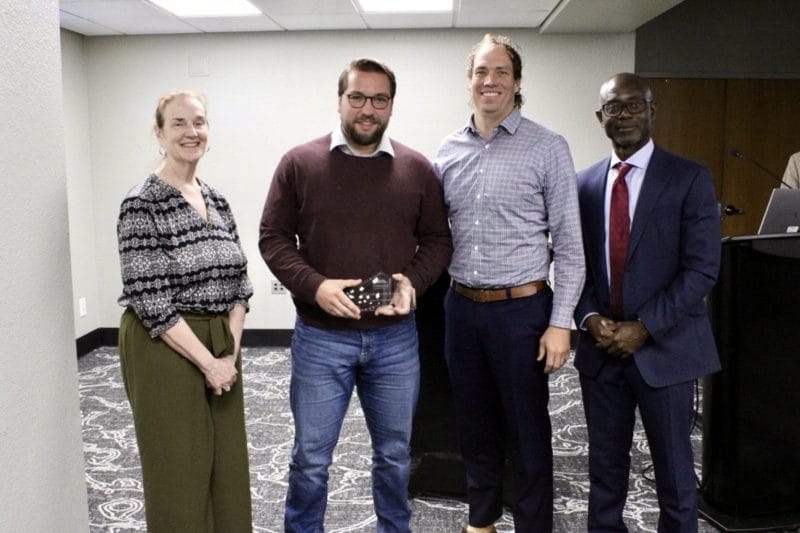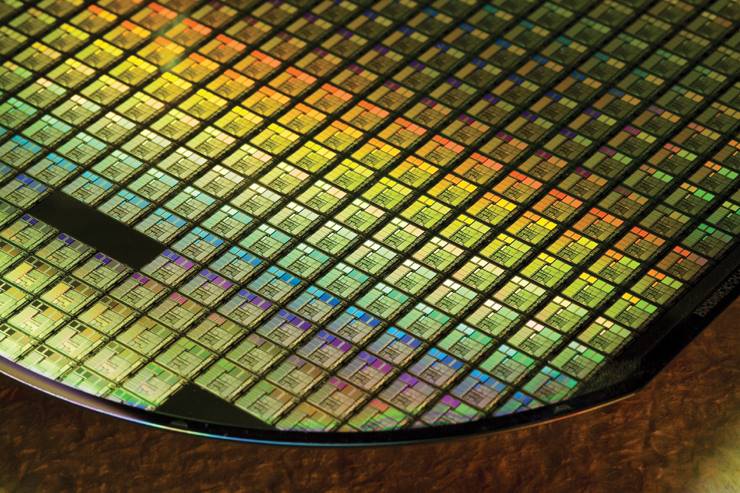
By Joe Gilmore | Cronkite News
The Interior Department has “not accomplished much” in its program to buy up marginal Indian lands and return them to tribes, despite spending two-thirds of a $1.9 billion fund for the program, a department official said recently.
Acting Deputy Interior Secretary James Cason told a House Natural Resources subcommittee that at its current pace, the government will run through the rest of the money from the so-called Cobell settlement before its scheduled 2022 expiration date with little to show for its efforts.
“After expending a total of $1.3 billion to date, it is my view that Interior has not been successful in materially reducing fractional interests,” Cason told the committee last week. “In my mind we are almost back where we started eight years ago, just merely treading water.”
Tribal officials said the money has made a “significant dent” in the problem of fractionated lands – Native American ownership of land that has been splintered over generations as it passed to increasingly larger groups of descendants, making it useless.
But they agree with Cason that there was never enough money to solve the problem, which earlier government estimates said could cost as much as $20 billion to fully resolve.
While Cason suggested options ranging from targeted spending of the remaining funds to creation of a revolving fund for land purchases, Democrats on the committee said the answer is simply to further fund the buy-back program.
“We can’t just stop meeting our responsibilities because the initial agreement didn’t go far enough,” said Rep. Raul Grijalva, D-Tucson, in a prepared statement. “We need to continue and expand the Buy-Back Program, fully fund it and continue working on long-term solutions to the fractionation issue.”
The buy-back program was part of a $3.4 billion settlement of a class-action lawsuit brought by Elouise Cobell, a Blackfeet tribal member, who charged the government with decades of mismanaging tribal property that it was supposed to hold in trust for Native Americans.
The settlement included $1.5 billion in direct payments to class members and $1.9 billion for a Trust Land Consolidation fund to start a land buy-back program.
The buy-back program aims to buy fractionated parcels – some of which may have hundreds, even thousands, of owners – and return control of those lands to tribal governments for economic, environmental or other purposes as they see fit.
Cason said the government identified more than 100 locations with 11 million acres, but has only been able to focus on 39 of those sites. Since beginning buy-backs in 2013, it has paid landowners just under $1.2 billion to consolidate 696,894 interests over 2.1 million acres.
While Cason said that represents only a 14 percent decrease in the amount of fractionated lands, Democrats on the House subcommittee put the number closer to 23 percent.
Buy-backs have occurred in 13 states, including Arizona. An Interior Department report last fall said that as of September, it had paid more than $104 million to Navajos for 149,524 acres on the Navajo Nation; $51 million for 1,064 acres in the Gila River community; and more than $20 million for 194 acres on Salt River tribal lands.
John Dossett, general counsel for the National Congress of American Indians, said the purchases have put a “significant dent” in fractionated tribal lands. And Jared Touchin, a spokesman for the Navajo Nation Office of the Speaker, said the tribe has seen a “significant amount of land restored” under what he characterized as the “most successful program” among the tribes involved in the buy-back.
Nationwide, the department has spent from $7.50 to over $648,000 per acre, with an average price of $619, Cason said.
“In my opinion, there is no reason we would ever spend that amount of money on a single acre of land,” he said of the upper end of the range.
But while the government is running through the fund, he said, “The rate of fractionation rapidly grows as more owners pass away.”
Cason said the government could just spend the money down and end the program, but he hopes that with the last $600 million, Congress and the White House will be able to work together to create a solution to this problem.
One idea he floated was for a revolving fund that would let the department “purchase and hold fractionated interests which would then be resold to individual Indians or tribal members.”
“The revenue collected would then be placed back into the land buy-back fund for future fractionated land purchases, so we would have the opportunity to leverage the money that’s still available,” he told the subcommittee.
Dosset noted that while he would like to see Cason “consult with tribes rather than talk to Congress” first, he understands Cason’s desire to “maximize the benefit you get out of these funds” that cover only 10 percent of what is needed to buy all the fractionated land in Indian Country. But he said Cason’s idea of the government buying and keeping land “doesn’t make sense.”
Dossett suggested that if the buy-back “is successful, Congress could revisit this and refund it” in the future.
Grijalva said in his statement that a long-term solution is needed, but he rejected the idea of a revolving fund.
“The idea behind the Cobell settlement was to make tribes whole, not write a few checks and call it a day,” his statement said.






